Audio Engineering: All About EQ
learn all you need to efficiently use EQ in recording and mixing
4.29 (78 reviews)
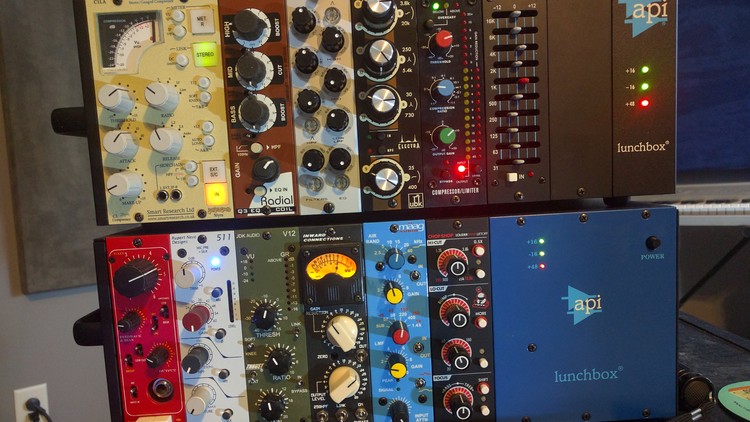
477
students
1 hour
content
Dec 2015
last update
$49.99
regular price
What you will learn
understand how to use EQ more effectively
learn difference between a parametric and semi-parametric EQ
Learn how to use a pultec EQ
Learn the difference between the Asymmetrical and symmetrical EQ's
Learn about proportional Q EQ's
Learn about inductor EQ's
Learn how to sweep frequencies with an EQ
Screenshots
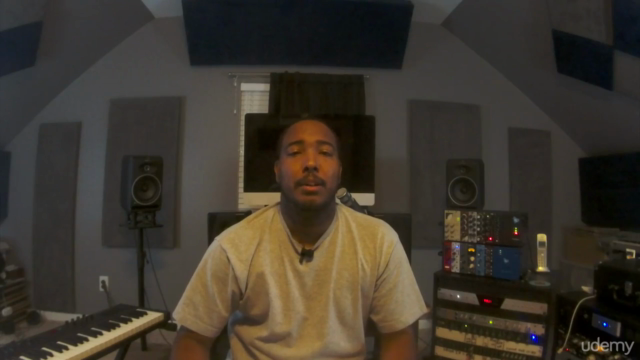
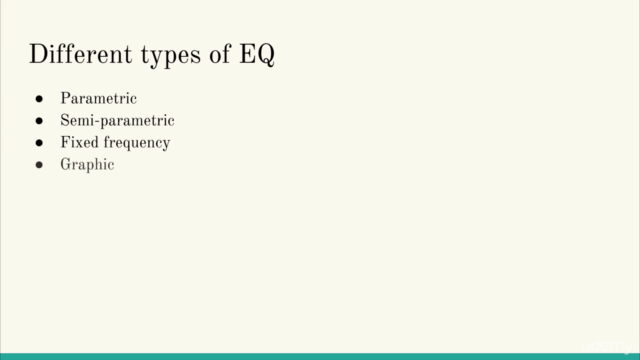
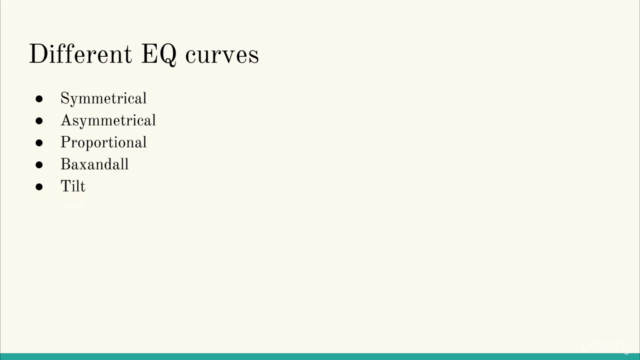
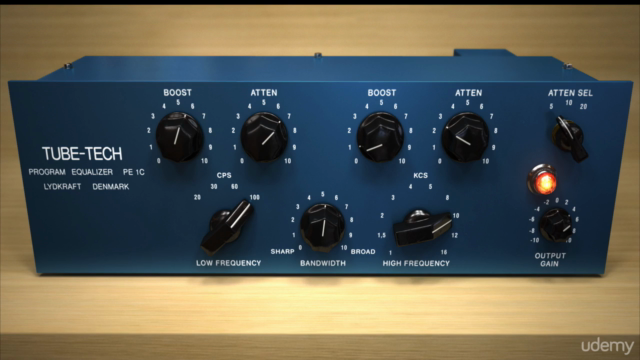
Related Topics
332408
udemy ID
10/31/2014
course created date
8/31/2019
course indexed date
Michael Wylie
course submited by